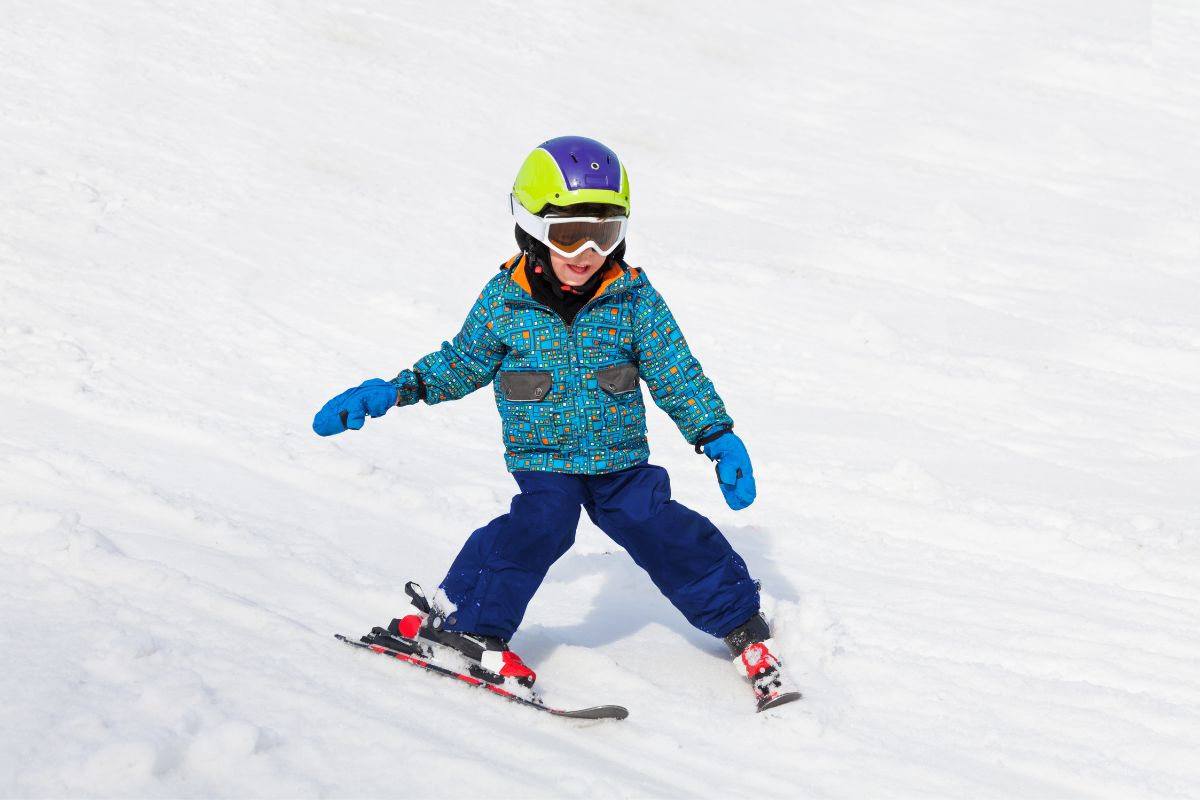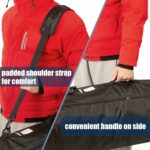While skiing is an incredibly fun, adventurous sport, it can be terrifying at times. It can be particularly scary when you first start out, when you are not as confident in yourself as a skier.

As with most sports, skiing is about confidence, and about skill. However, the difference between skiing and, say, playing a game of soccer, is simple; it is difficult to seriously hurt yourself playing soccer.
It is so, so easy to seriously hurt yourself while skiing.
One of the scariest things that can happen while learning to ski is gaining speed, and not being able to slow yourself down. After all, there are no brakes on a pair of skis.
The only way you can reduce your speed while skiing is learning specific methods to do so.
In this article, we have listed 3 methods that will help you reduce your speed when you lose control.
We have listed them in order from easiest to hardest. However, once you gain confidence, we guarantee you will be able to practice each of these methods.
So, let’s get started. Here is how to slow down while skiing.
The Snowplow/Pizza Wedge Technique
The snowplow technique, also referred to as the pizza wedge method, is the first strategy you should learn to reduce your pace. Even though they are the same item, people like to call them by different names.
Whatever you choose to call it, this technique has the potential to save lives. All skiers, from novices to experts, should master it, so they can protect themselves when they start to lose control of their pace.
This technique is frequently referred to as the ‘pizza wedge’ method, since it requires you to create a wedge position with your skis in order to slow down.
You can slow down by using the inner sides of your skis to form a wedge or triangular shape, which generates resistance and tension. You will gradually be able to slow down just enough to resume safe travel.
Practice is the key to mastering this technique. Try practicing on a modest hill while maintaining perpendicular skis, so you may gain a little amount of speed.
When you start picking up speed, gradually begin to establish the shape of a triangle by drawing your ski tips closer together at the front.
The ends will begin to push into the snow, acting as a break to reduce the speed in which you are travelling.
Be careful not to do this too quickly, however, as digging your skis into the snow too quickly may result in you toppling over head first. This could be particularly harmful, and even fatal, if you are travelling too fast.
Traversing
Once you have mastered the pizza wedge maneuver, you can research and train sideways slope climbing. This is another strategy that has been successful in slowing down your speed while skiing.
As your skills increase, you will instinctively veer away from the pizza wedge and start using your turns to slow down. Following the wedge, traversing is a logical next step.
To manage your speed, traversing includes moving from one end of the ski slope to the other. If you want, you can select from a variety of slope angles.
Consider starting at the commencement of the route and then selecting a location on the opposite side as you drill.
You’ll gain velocity the further that spot is from the top of the hill. Initiate from a location that is relatively close to where you are right now.
Merely begin skiing in the direction of the destination next. If necessary, you can continue to use the pizza wedge approach while moving forward.
Then, pick another place and continue to move down the slope once you reach the other side.
You can easily use this method to traverse harder slopes while maintaining control of your pace.
Parallel Turns
Finally, after you gain confidence skiing, you will automatically gravitate toward this method. Most skiers employ this more complex technique, which is called parallel turning.
You will inevitably start to use your turns to slow down and maintain control as you grow more at ease on your skis. You will be able to regulate your pace as you turn.
Continuing to keep your skis parallel to one another while you descend a hill is what is meant by a parallel turn (see also “How To Turn Skiing“). It is very simple once you get the hang of it, and will help you gain and reduce speed as you travel.
So, by keeping your skis closer together, you can slow yourself down, while keeping them further apart will increase your speed. Once you get the hang of it, you will be able to control your speed with little to no effort.
Final Thoughts
As a skier, one of the first things you will get taught is the snowplow method, or the pizza wedge method.
Once you get used to this, you can move onto traversing, and, eventually, you will be confident enough to try out parallel turns.
As we said earlier, the key to becoming a skilled skier is to be confident, and to continue practicing building your skills.
And, well, the more skilled you become, the more confident you will be while skiing. Before you know it, you’ll be parallel turning without even thinking twice.
We hope you found this article helpful.
- How to Choose a Skim Board - September 10, 2023
- is Skim Boarding Hard? - February 8, 2023
- How To Wax a skim board - February 8, 2023










